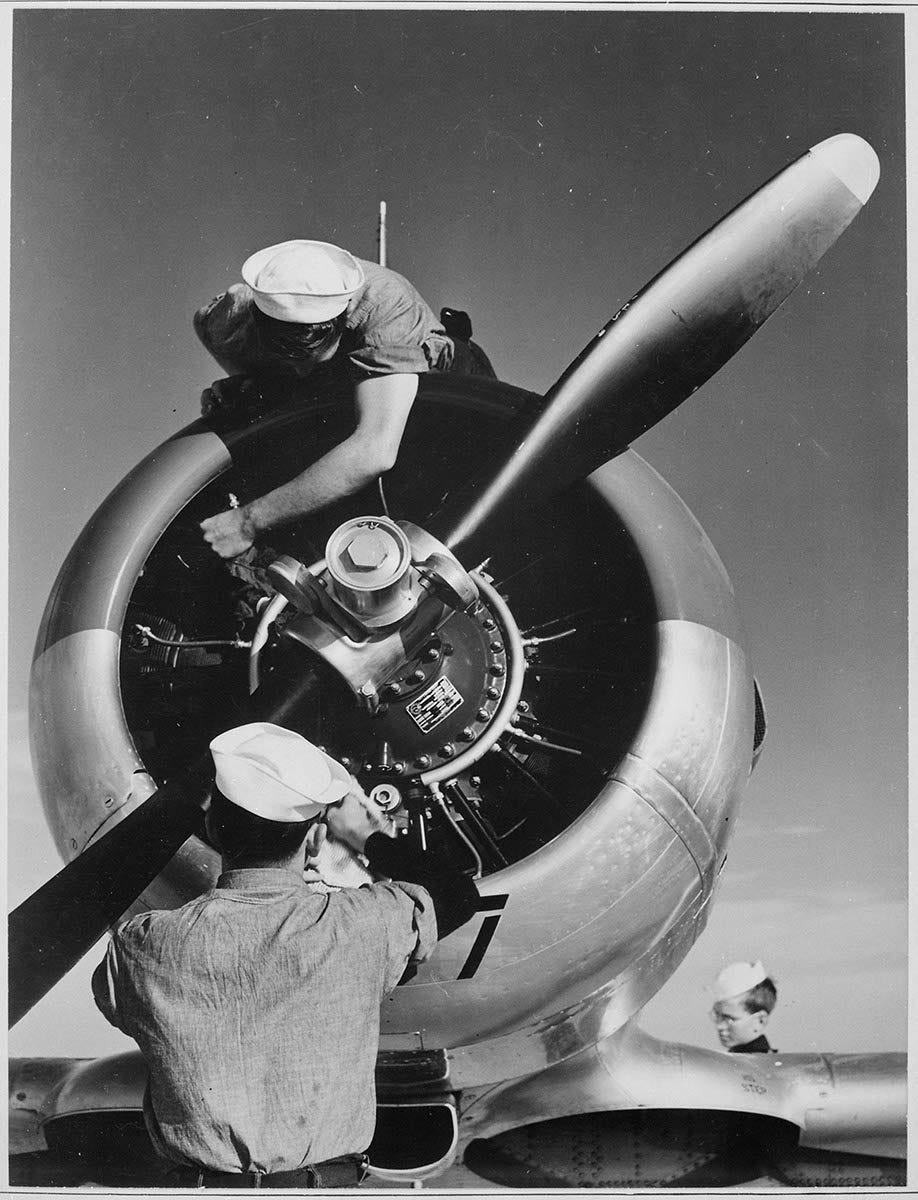Wither the "Arsenal of Democracy?"
A short history of America's defense industry since World War II
Note: Apologies again for the delay between my posts. I planned to start the summer (May) with a series of essays, but then a family emergency took hold over our lives. I am now playing catch up, working furiously to finish a book before the summer ends with my friend Van Jackson tentatively titled, The Rivalry Peril: How Great-Power Competition Threatens Peace and Weakens Democracy, to be published by Yale University Press. I am also wrapping up a dual review that is long overdue to The Baffler of Lyle Jeremy Rubin’s book Pain is Weakness Leaving the Body and a collection of essays by Phil Klay, as well as a 3000-word review of Frank Costigliola’s biography of George Kennan for Jacobin. I'll have some posts related to these projects coming up. For now, here is an update on what I have been working on since I got back to work last month.
I had a long, 3000-word essay published in Foreign Affairs today on the history of the United States defense industry since World War II. I have long wanted to write a short opus on the defense industry, and I’m pleased that Foreign Affairs was willing to publish it. For those that haven’t read it, you can read the piece here.
The premise for the essay derived from the idea that the United States is currently the “arsenal of democracy” in Ukraine, as it was to Britain during World War II. But since the Russian invasion of Ukraine in February 2022, the United States has struggled to allocate sufficient weapons to the country. Much of what has been sent to Ukraine is from existing stockpiles of weapons—and commentators are apoplectic that the United States will be unable to restock its weapons in a timely manner because of wartime demands.
The industry has blamed the federal government for the delays, stating that it is a problem of funding and contracts, that it could not have foreseen the advent of a land war in Europe. But a longer history of the industry reveals that a combination of factors—privatization, consolidation, the profit motive, and government inaction—have allowed the industry to function, as I say in the piece, “unmoored” from the national security needs of the United States. Reporters such as Eric Lipton of The New York Times (who has produced excellent articles on the defense industry) have suggested that the origins of the industry’s problems—its inability to provide the requisite weapons to Ukraine—lie at the end of the Cold War. The surge of mergers and buyouts, along with the industry’s focus on “big-ticket items”(like the F-35 or B-21) deprioritized small arms and ammunition.
But mergers are only one part of the problem. The modus operandi for the defense industry since the 1950s, and especially since the end of the Vietnam War, has been to cut expenses and labor, rely on private capital and champion deregulation to escape government oversight of its operations, and avoid producing (until now) unprofitable items—small arms and ammunition. The end of the Cold War exacerbated these problems, but did not cause them.
I hope the piece is both a corrective to those familiar with the problems plaguing defense production, and an introduction to the defense industry for those that are unaware of this history. I should say that for those looking for more information, I relied on the scholarship of Mark Wilson, Tim Barker, and political scientists such as Ann Markusen.
I have much more to write about this topic—about the inefficiency inherent in the defense industry—some of which will appear in my book with Van. Stay tuned.


